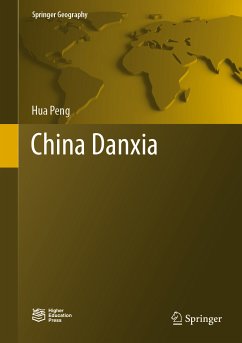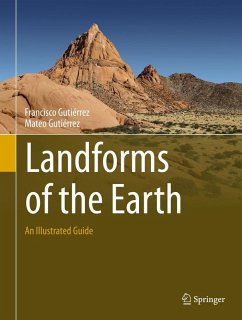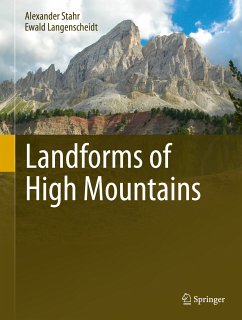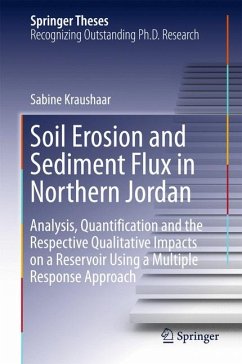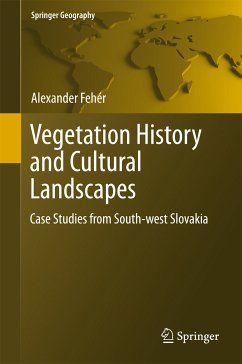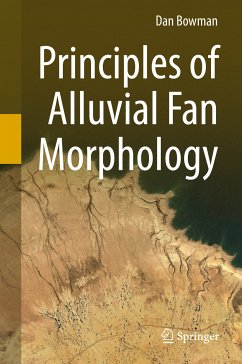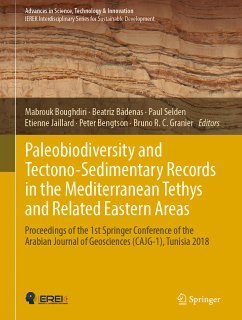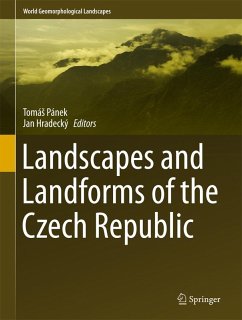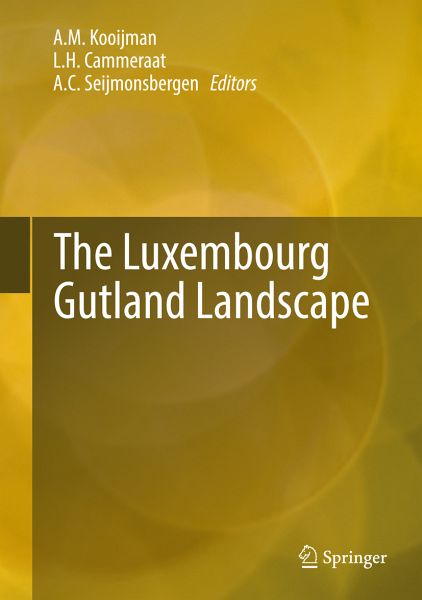
The Luxembourg Gutland Landscape (eBook, PDF)
Versandkostenfrei!
Sofort per Download lieferbar
72,95 €
inkl. MwSt.
Weitere Ausgaben:

PAYBACK Punkte
36 °P sammeln!
This book gathers older and current knowledge of the evolution and functioning of cuesta landscapes to provide a better understanding of the Luxembourgian landscape. The geological variety and tectonic setting of the area provide excellent opportunities to study landscape development, hydrology, geomorphological processes, soil formation, forest vegetation and interrelationships between them, which are characteristic of larger parts of Europe. The book is organized around four themes. The first addresses the development of the Luxembourgian cuesta landscape, covering geological evolution, lith...
This book gathers older and current knowledge of the evolution and functioning of cuesta landscapes to provide a better understanding of the Luxembourgian landscape. The geological variety and tectonic setting of the area provide excellent opportunities to study landscape development, hydrology, geomorphological processes, soil formation, forest vegetation and interrelationships between them, which are characteristic of larger parts of Europe. The book is organized around four themes. The first addresses the development of the Luxembourgian cuesta landscape, covering geological evolution, lithology, geomorphological characteristics and hydrology, as well as the scientific history of research in this area. The second theme addresses aspects of the landscape's geo-ecological- system functioning and development, including soils, nutrient availability, forest ecology and educational approaches to study geo-ecological systems, including old and modern mapping techniques. The third theme isrelated to biological and physico-chemical control of erosion processes, including the impact of (macro-)fauna, vegetation and substrate on soil erosion processes. The last theme discusses practical applications of the research findings.
Dieser Download kann aus rechtlichen Gründen nur mit Rechnungsadresse in A, B, BG, CY, CZ, D, DK, EW, E, FIN, F, GR, HR, H, IRL, I, LT, L, LR, M, NL, PL, P, R, S, SLO, SK ausgeliefert werden.



